Rules and technology for planting cherries in spring
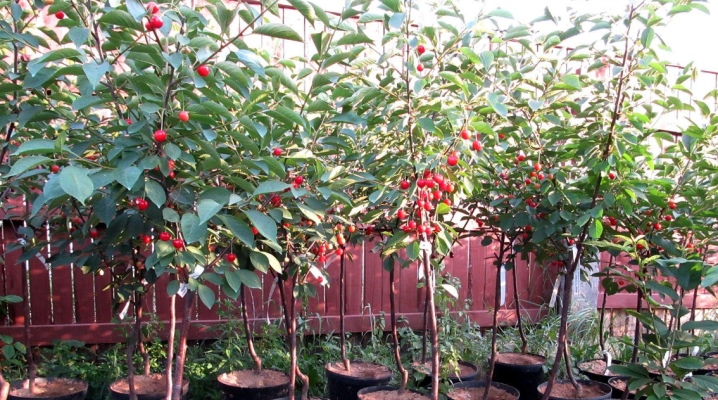
The rules and exact technology for planting cherries in the spring are of interest to tens and hundreds of thousands of gardeners. Only by figuring out how to properly plant seedlings in open ground step by step, it will be possible to eliminate most of the mistakes, and get a brilliant result. And you also need to find out when you can plant cherries in the Moscow region, the Leningrad region and Siberia.

Timing
Spring planting of cherries is best done in the first 14 days of April. But we must understand that the conditions of a particular region leave a strong imprint on the choice of the moment. So, in the southern regions of Russia (such as the Black Earth Region, Kuban, parts of the North Caucasus, Ciscaucasia), the procedure should be carried out at the border of March and April. In the middle lane, work should be carried out in mid-April. But in Siberia and the Urals, the optimal time comes at the end of the second spring month.
As for the landing in the Moscow Region and in the Leningrad Region, the best moment there comes throughout April. More specific terms can be determined only individually, taking into account the actual and expected weather. It is imperative to take into account not only the air temperature, but also the degree of heating of the earth, as well as the danger of frost return.
Important: it is necessary to check that the buds have not yet dissolved.
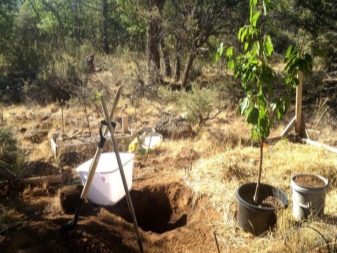
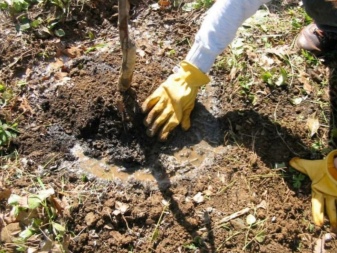
Cherry trees planted at normal times take root much more efficiently. They will withstand the effects of infections. The danger from a sharp change in weather conditions for them will be small. That is why there is no point in choosing auspicious days in April according to the lunar calendar. The sooner the planting is carried out, and the more accurately the real, and not illusory, requirements for growing cherries are taken into account, the greater the chances of success.
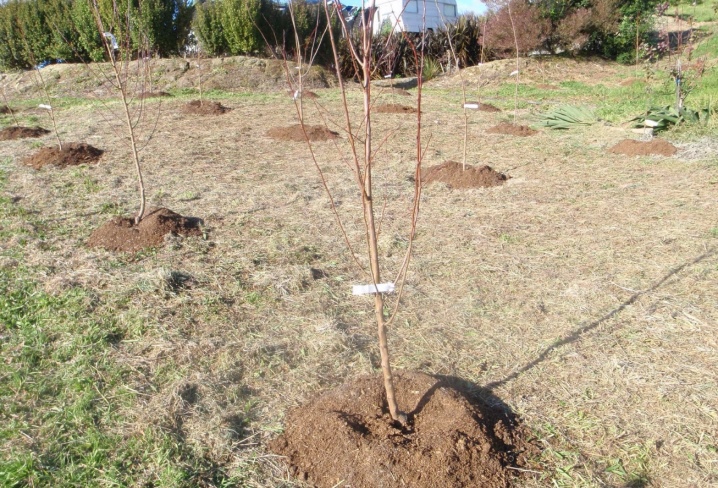
Where is it better to plant?
The selection of a place on the site is no less important than the exact determination of the timing. This moment is relevant even when the tree is bought in a specialized nursery. It is best to choose sandy areas saturated with organic matter. There should not be too much clay in the soil so that it does not turn out to be excessively heavy, and normal gas exchange is maintained. Areas with a neutral reaction are preferred, weakly acidic earth manifests itself a little worse, but strong acidity or alkalinity is completely contraindicated.
For felt cherries, even a slight acidity is already strictly unacceptable. Liming is often the solution. In order for cherry plantings to please with flowering and harvest, it is necessary to choose sunny areas that are not blown by piercing winds (at least from the north). The distance between trees is dictated individually for each variety.
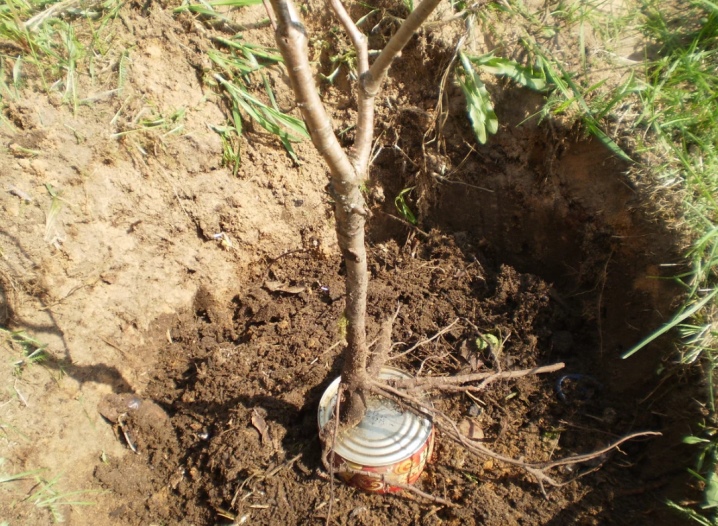
It should also be taken into account that there must be at least 2.5 m above groundwater, otherwise rapid wilting is inevitable.
If possible, follow these recommendations:
-
disembarkation at the southern or western border of the site;
-
the distance to the main walls is at least 1.5 m;
-
distance to fences at least 2 m;
-
the desirability of being close to honeysuckle and cherries;
-
undesirability of neighborhood with gooseberries, pears, apple trees, blackberries, currants, peppers, eggplants, tomatoes;
-
the need to move from birches, pines, spruces, oaks and poplars at least 10-15 m.
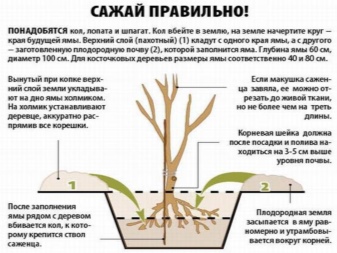
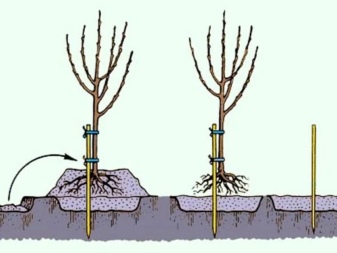
Preparation
Sapling selection
First of all, you need to choose the right cherry variety. In Russia, the most appropriate decision is reasonably considered to be the purchase of winter-hardy varieties of this culture. The most popular are:
-
Ukrainian;
-
Vladimirovka;
-
Turquoise;
-
Altai swallow;
-
Crimson;
-
Beauty of the North;
-
Spunk;
-
Chocolate girl;
-
Volochaevka;
-
Loznovskaya;
-
Sap.
In any case, it is completely inappropriate to purchase seedlings in the markets or from hands, even if the trade is not in the passage, but at a specially organized fair. It is most correct to contact special nurseries with a long history and solid reputation. But even there, accidentally or deliberately, they can sell a low-quality product. You need to go shopping in the fall, when the assortment is as wide as possible. In the spring, only leftovers are sold everywhere, and there is no guarantee that they were stored according to all the rules.
It is necessary to purchase planting material in the spring only if it is impossible to preserve it in the fall and winter. This solution even allows you to save money. But you will have to iterate over the samples more carefully to rule out errors.
The tallest seedlings with a large number of shoots and a developed root system take root rather poorly. Annual specimens perform much better.

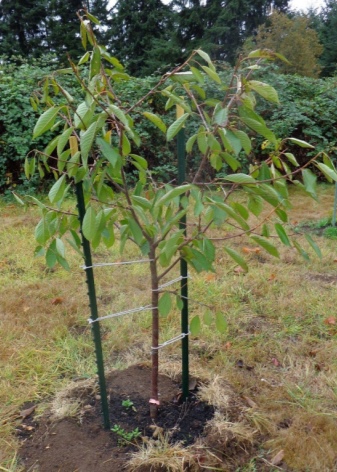
Getting acquainted with the cherries presented in the nursery, you need to look for the budding point. Usually it is located 50-150 mm above the root collar. If there is no such place, then it is very likely that the qualities of the plant do not correspond to the varietal norm. One year or two years of age is estimated by the total height of the plant and by the type of shoots. Next, you need to check:
-
condition of the roots;
-
the quality of the aboveground parts of the plant;
-
the presence of leaves (according to the state standard, they should not be);
-
compliance with the requirements for the pollinator variety;
-
compatibility of different types.
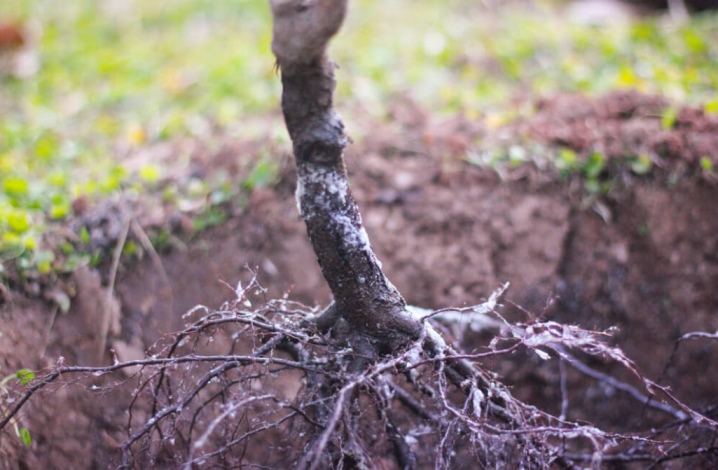
Landing pit
It is necessary to dig a hole for cherries well in advance. It is better to do this when 10-14 days remain before planting the seedling. The ideal option is to start work in 30-45 days. Some gardeners, in general, dig planting holes in the fall. In this case, they have time to completely settle and take shape before the start of the agricultural season.

The depth and width of the recess are the same - 60 cm each. If a plant with a closed root complex is purchased, the pit should be two to three times larger than the container. The upper fertile earth layer is not thrown away, but left in complete rest. It is then used to fill the pit. It is imperative to feed, that is, apply fertilizer to the planting pit.
This top dressing is counted on for several years at once in order to ensure successful growth and development. Areas with heavy clay soil or with a high level of soil water will have to be improved by laying a drainage layer of about 10 cm. Most often, crushed stone or bricks are used.

Returning to top dressing, it should be indicated that one of the optimal options includes, in addition to the upper fertile layer:
-
10 kg of compost or humus;
-
300 g superphosphate;
-
70 g of potassium sulfate.
In some cases, 300 g of diammophoska are used. It manifests itself better than nitroammophoska, since it contains less nitrogen. Light sandy soil is improved by laying peat, but not acidic by chemical reaction. Heavy soil is optimized by adding sand. The use of chicken droppings is strictly unacceptable, as is the turfing of the trunk circle.
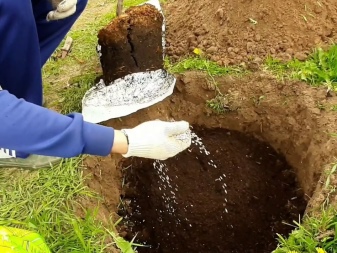
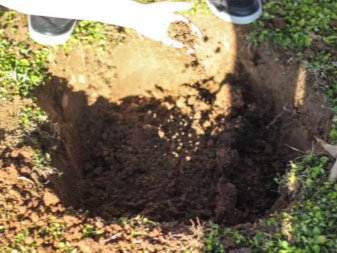
How to plant correctly?
Planting guides for cherry blossoms in the spring traditionally emphasize the use of stakes, around which mounds are poured from the top layer of the earth. The root collar must be placed exactly at the level of the soil. The roots should be carefully straightened. It is possible to increase the survival rate of a plant by dipping it with a clay-manure mixture (sometimes it is called, for simplicity, a clay talker). Next you need to:
-
fill the soil from the lower soil layer into the hole;
-
compact it;
-
arrange an irrigation furrow next to the seedling.
Pour 20 liters of water into this furrow. Therefore, it should be quite wide and deep. The tie to the peg is made with a "figure eight". And also the instruction specifies how to prepare the roots for planting in open ground.She directly says that it is necessary first to wash the old earth from them.
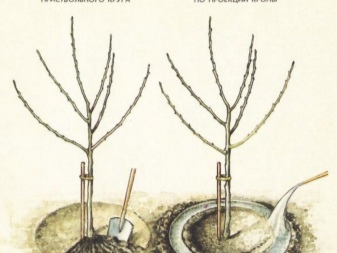
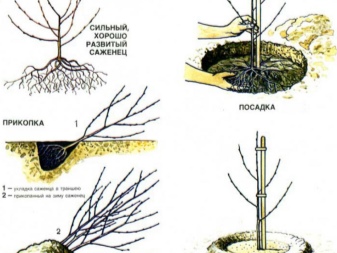
The tallest seedlings with a large number of shoots and a developed root system take root rather poorly. Annual specimens perform much better.
Only then does it make sense to dip the root system in a clay mash. But the preparation does not end there either. The root tips are renewed by light pruning. This procedure is especially relevant when the roots are too long, or have damaged, sore and broken areas. Some, in general, recommend planting a cherry step by step, soaking the seedling in water (pure or with the addition of Kornevin) for at least 60 minutes, and if possible, for 24 hours.
Such measures allow overly dried seedlings to be saturated with water. Yes, it is better not to bring it to such a state, however, foresight does not always help out, or you have to deal with insufficiently high-quality planting material. Sometimes you have to plant a plant with a closed root system. In this case, work is carried out mainly in early or mid-April, the beginning of the month (until the kidneys begin to swell) is even preferable.
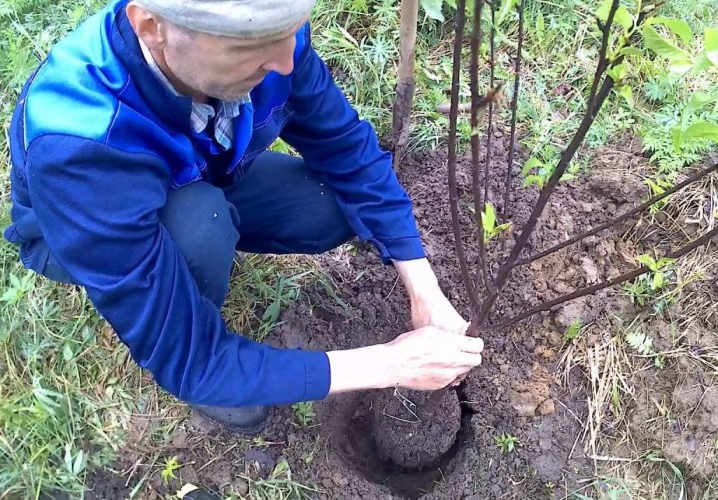
Saplings bought in the fall with closed roots for the winter are buried. This must be done strictly before frost sets in. Sequence of work:
-
laying in trenches about 50 cm deep at an angle of 30 °, with the crown oriented to the south;
-
backfilling the roots with soil;
-
backfilling of the trunk (everything must be backfilled up to the 1st branch to the side);
-
compaction of soil;
-
watering plantings;
-
covering the crown with spruce branches until spring.
In order for a cherry sapling with a lump to take root better, it is recommended to choose a warm, humid day. The graft (if any) should be above the surface. Remove the packaging film carefully. The soil is loosened with vertical knife movements. It is necessary to work as carefully as possible, extremely slowly, so that the roots remain completely intact.
But to leave everything as it is - in captivity to the earth - is wrong. The freed roots will take root more efficiently. It is necessary to orient the tree so that the most developed branches are on the north side. After backfilling, the earth is thoroughly crushed with a shovel. 5 liters of water are poured into each hole.
Next you need to:
-
fill up the earth;
-
ram it with your feet;
-
retreat from the trunk about 8 cm and mulch the surface with rotted manure.
Seedlings with a closed root system are usually strong enough not to be propped up with stakes. But they will develop more slowly, which often creates problems in risky farming areas. If there is little snow in winter, it must be formed into a snowdrift around the seedling by hand. This approach will definitely allow the plants to survive the cold season. When the early heat comes, mulching the trunk circle helps a lot.
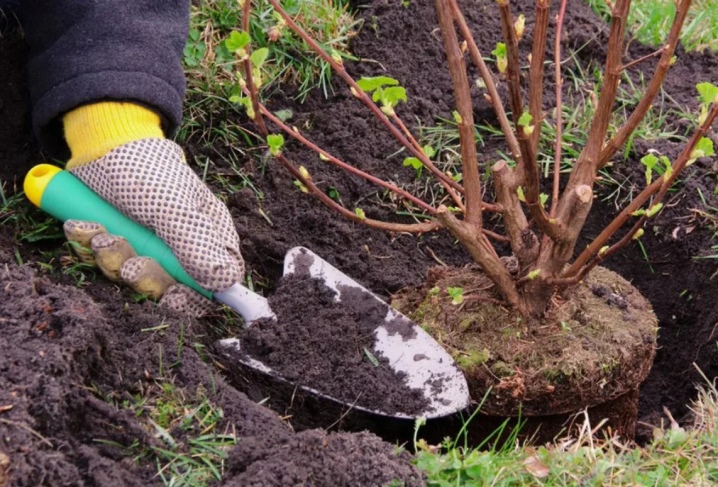
Follow-up care
Regardless of the method and nuances of planting, recommendations for caring for cherry plantings are very important. For any variety of cherries, pruning is extremely important. It is carried out annually - every spring, anticipating the dissolution of the kidneys. Care must be taken to ensure that the tree is not damaged. The center of the crown must be opened, and the crown itself is given a good shape.
The formation of the crown, even in skillful hands, takes 5-6 years. Bushy varieties must be processed so that they do not thicken, that is, they consist of 6 or 7 skeletal branches. In tree varieties of cherries, only 5-6 skeletal branches are allowed. The central conductors should be raised above other shoots by 18-20 cm. All vertical shoots are cut off where the branches leave, you can only leave what looks at the periphery of the crown.
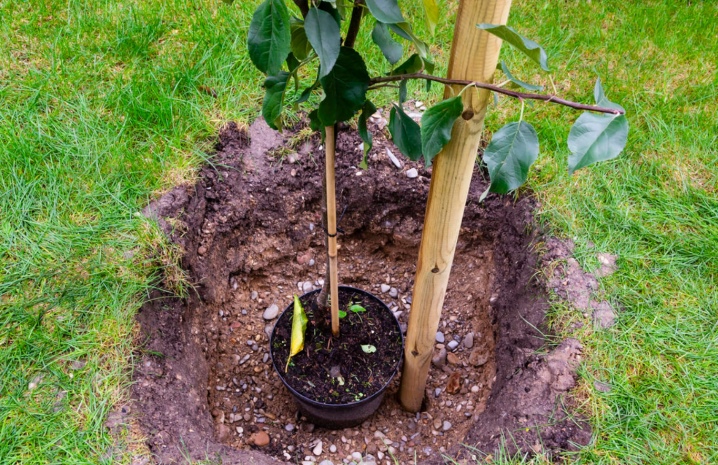
The stem is completely exposed to the level of 35-45 cm. With an active growth (more than 50 cm for several years in a row), cherry shoots are annually shortened by 1/3. At the same time, annual shoots are left alone so that they do not dry out. If the grafted tree forms a large mass of root growth, it will definitely need to be removed.
Watering young cherries should be done carefully and without fanaticism. Excess moisture provokes skin damage on the fruit. Typically, the plant is watered 4 times during the growing season:
-
when it fades;
-
when active growth begins;
-
when gaining fruit mass;
-
at the very beginning of autumn (this is already water-charging irrigation).
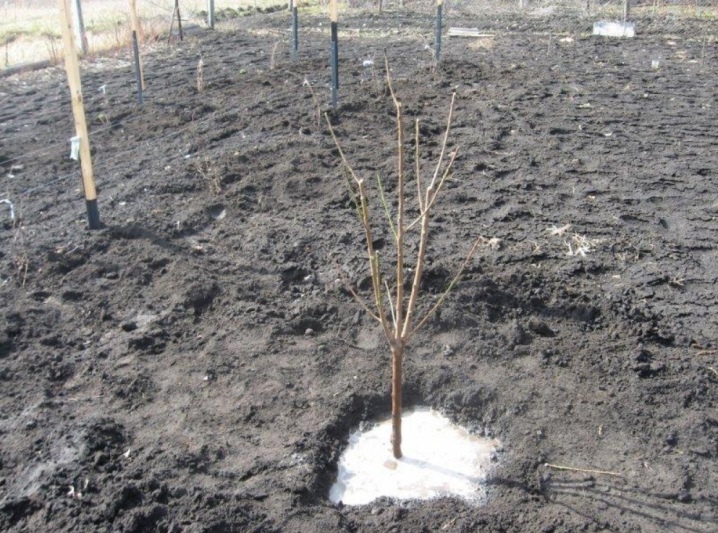
Each time the earth is saturated with moisture to a depth of about 50 cm. Usually, 20-30 liters of water are used on a tree aged 1-5 years. Older, potent cherries require 50-60 liters of water. It makes sense to feed the plant in the second year of development. It is responsive, but this is why it should be poured out in a measured way - organic matter is applied once every 3 years, and mineral fertilizers once every 2 years.
In the second year of development in early spring, urea is used. It should be laid 90-100 g under each tree. Such a composition should be introduced into the trunk circle for digging. In the third year, again, in early spring, nitrogen fertilizers are used. Most often it is urea, although ammonium nitrate is also suitable. Such dressings are dissolved in 10 liters of water, and one bucket is used for 2 cherries.
The near-trunk zone must be loosened monthly with a maximum depth of 10 cm of the tool. After rain or intensive watering, loosening is carried out with a rake so that a crust does not appear. In autumn, the near-barrel section is dug onto a full shovel bayonet within a radius of about 100 cm.The depth of such digging is 10-12 cm.

Preventive treatment for infections is carried out most often in the fall or at the very beginning of spring. In the spring, copper sulfate and Bordeaux liquid are used. But you can also use iron vitriol. In autumn, plant protection is provided by urea, used in a volume of 0.5-0.6 kg per 10 liters of water. It is desirable to apply all solutions "in fog mode" (reducing the droplet size makes the treatment more efficient).
Preparation of cherries for winter plays an important role in domestic conditions. For insulation, a non-woven covering material is often used. Plain newsprint can be used in regions with relatively mild climates. If a harsh winter is expected, potash-phosphorus fertilizing is advisable. With water-charging irrigation, a minimum of 150 liters of water is used for each tree.
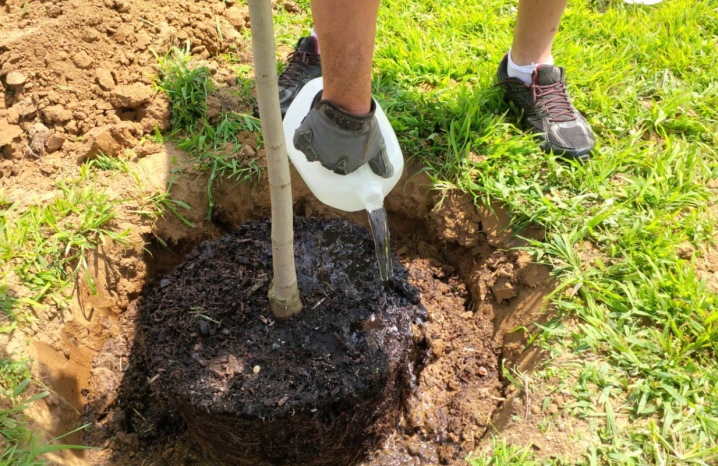








The comment was sent successfully.